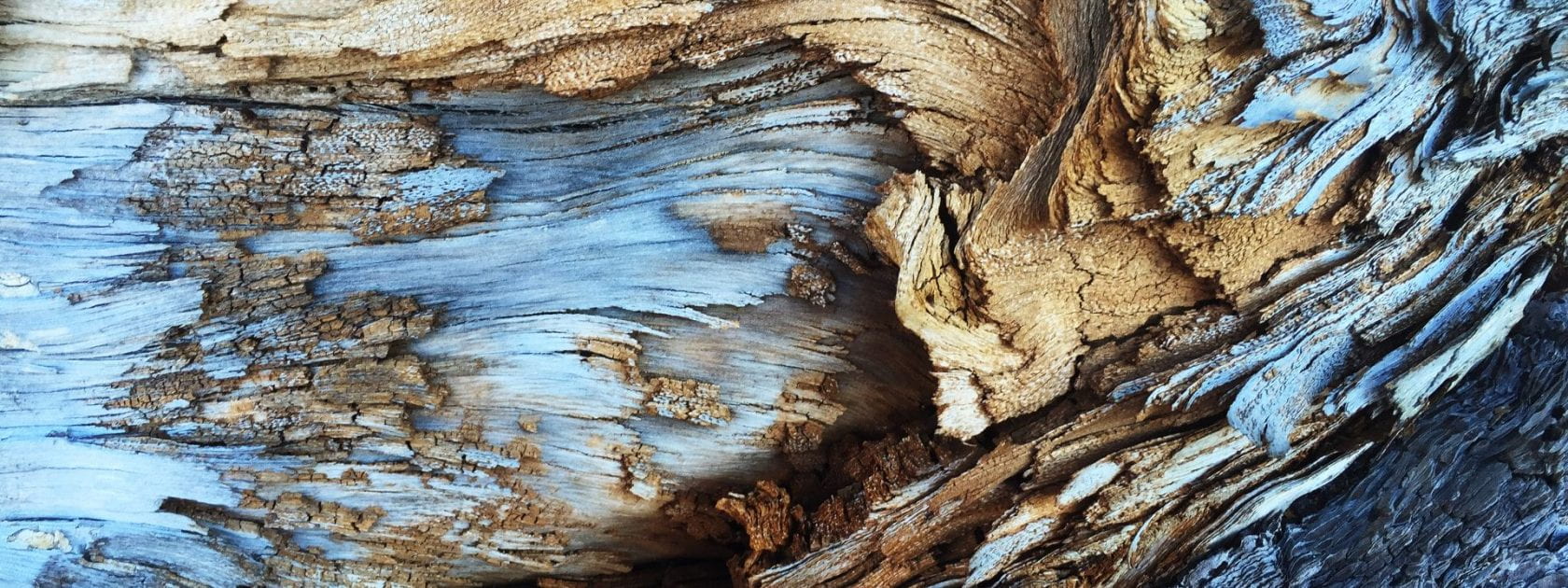Table of Contents
Environmental Art Meets Environmental Science
Background
The interface of environmental art and environmental science is one of GIER’s strategic areas of interest and current and future work. Emily Smit, GIER Early Career Affiliate who worked as Graduate Research Assistant (GRA) with GIER during the Spring 2021, canvassed all colleges, departments, and institutes at UofG to identify, compile, and summarize the different initiatives that have been taking place at UofG on this theme. We hope you will enjoy learning more about these many initiatives, where art and science tell the story of our shared environment. We invite you to take a look at the links below to find out more about each contribution.
Initiatives

Kreepingarten
2022
Written and illustrated by Aaron Senitt, Kreepingarten is an illustrated essay which gently argues for the use of Physarum Polycephalum (the “many headed slime”) as a model for human learning. The booklet outlines the terrain which slime mould currently occupies in art and science, provides descriptions of Kindergarten classroom interactions with slime mould, and offers a path through the pedagogical theories of Friedrich Froebel, the inventor of Kindergarten. Follow the “Learn More” link to read Shoshanah Jacobs’s interview with author Aaron Senitt.

Art at the Arboretum
Ongoing
The Arboretum regularly offers workshops at the intersection of arts and various dimensions of nature.

Coasts for Kids
Ongoing
Prof. Em. Davidson-Arnott, Irene Delgado-Fernández, and collaborators created this series to introduce children to the importance of coastal environments.

Digital Haptic Lab
Ongoing
This is a space for the arts, engineering and sciences to come together and cross-pollinate ideas.

Ecologies of Knowledges
Ongoing
Prof. Nandorfy explores the climate crisis, cli-fi, ecocriticism, storytelling, and ecologies of knowledges.

FASTWÜRMS
Ongoing
FASTWÜRMS is a collaborative and multidisciplinary practice whose pieces have touched on nature, among other topics.

Guelph Maps Guy
Ongoing
PhD student Abhilash Kantamneni’s digital storytelling helps citizens engage with their environment.

Landscape Architecture
Ongoing
Art & science come together to design attractive, functional, and sustainable outdoor spaces.

Nokom’s House
Ongoing
A shared space for research, community engagement, land-based learning, arts, and ceremony.

Outdoor School
Ongoing
This program, led by Prof. Borsato, introduces students to the complex relationships of culture and nature.

Re•Vision Centre
Ongoing
An arts methodology research hub that works on social justice with some links to the environment.

School of Environmental Sciences Artist Residency Program
Ongoing
This program promotes the appreciation, research, and creation of contemporary art inspired in scientific work.

Soundscapes
Ongoing
Prof. Harley thinks nature’s complexity requires artistically imaginative interpretation.

Visualizing the Environment
Ongoing
Prof. Boetzkes studies the intersection of artistic practices, life sciences, and systems of energy use.

Climate Change is a Drag
2020
Big Mike brings environmental biology and theatre performance to talk about climate change.

Five Stalks
2020
The Arboretum’s temporary art installation featured work by MFA student Ben Mosher, inspired in wind and trees.

The Eco-Artists Elementary Program
2019
The Arboretum supported a Da Vinci program that explores art and science in an interesting, informative, fun, and interactive way.

The Secret Life of Forms
2019
Sarah Davidson presented a unique thesis inspired in nature at the Erin Stump Projects in Toronto

We Are Weather
2019
Artist Lisa Hirmer in conversation with poet and ecologist Madhur Anand, and writer, facilitator and gardener Elwood Jimmy.

Gems and Minerals
2018
Led by Prof. Diane Borsato, this exhibition explored the controversial social, environmental, and economic impacts of mining.

Wolf Lake Tones
2018
Artists respond to a scientific article on the unique value of the largest remaining old-growth red pine forest in North America.

Going On Without Us
2017
Three artists interpret the idea of plants as sensitive beings.

ASTRA Speaking Series
2015
ASTRA brought researchers with interests at the intersection of sciences, humanities, and fine arts.

Music to Know More Deeply and Act More Deftly
2014
Prof. Ralph Martin reflects on the role of music in a world of environmental turmoil.

Poetry and Environment Quick Scan Bibliography
2014
The Community-Engaged Scholarship Institute created a list of scholarly resources at UofG on the topic.

Microbial Art
2006-2013
A collection of unique artworks created using living bacteria, fungi, and protists.

Immersive Theatre
2011
Prof. Em. Jerrard Smith led The Labyrinth, a project where a forest was transformed into a playhouse.
Methods
Emily conducted a systematic review to determine where art and science are coming together. A boolean search using Google was performed for all URLs associated with each college, department, and institute on campus. Emily used the keywords environment art science OR environmental OR nature OR sustainable OR sustainability OR arts OR creative OR method-course-outlines. For example, the search “environment art science OR environmental OR nature OR sustainable OR sustainability OR arts OR creative OR method-course-outlines site:https://www.uoguelph.ca/ceps/” was used for the College of Engineering and Physical Science. These search parameters facilitated a focused analysis of initiatives within each college and department and yielded many fruitful discoveries.
Have you led or participated in an ArtSci initiative not listed here? Or, are you interested in discussing collaborations on this theme? Please email us at info.gier@uoguelph.ca
Banner photo credit: Bruno Ramos Lara on Unsplash.



